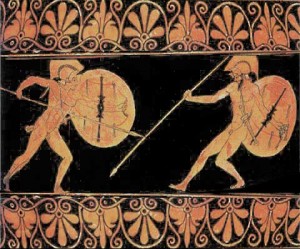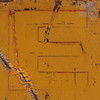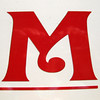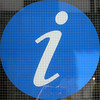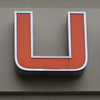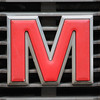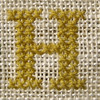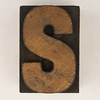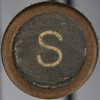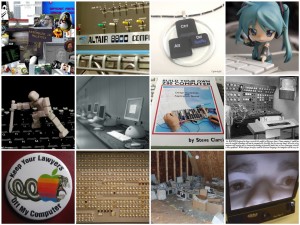Mandala Making Activity——-
—–As a preface activity to the commentary I would like to invite classmates to review an online example, or generate their own Mandala of Muliliteracy as a way to conceptualize the organization of each individual’s concepts. Feel free to peruse the http://win-dev.communication.utexas.edu/mandala/ communication course website and check out a sampling of other ones on the site.
The Dobson and Willinsky article provides a broad scan of the many meanings of digital literacy, for which they consider technological literacy to be a synonym (p 15, 2009). The paper asks us to focus also on the impact that digital literacy will have socio-culturally. This article served as a springboard to explore the theme here that information architecture skills are integral to successful learning. This would correlate with a structural meaning-making context, after Cope & Kalantzis (p 11, 2009)
The authors make the distinction between traditional literacy and new literacy—they encourage us to view literacy as a social practice, not an individual skill (page 15, 2009). Digital literacy is a presented as a subset of information literacy. The 1989 definition of information literacy (page 18, 2009) cited from the American Library Association is as follows “To be information literate, a person must be able to recognize when information is needed, and have the ability to locate, evaluate, and use effectively the needed information”. Learning to learn is a saying often applied to describe general information literacy.
Matthews-DeNatale (2009) believes “There are at least three pieces to the puzzle. One piece is information technology fluency, one is information literacy, and another piece is media literacy. And they’re all overlapping, like a Venn diagram.” Information management is a part of multiliteracy skills, and will be the focus of this report.
Dobson and WIllinsky also cite earlier work (p 16, 2009) by Dobson (2005) in which he proposes “Digital literacy, therefore, assumes visual literacy and entails both the ability to comprehend what is represented and the ability to comprehend the internal logics and encoding schemes of that representation”. This definition implies that one needs to understand the structure behind the information directly accessed in the media, and so associated with every representation of “data” is metadata.
With projects such as Project Gutenberg, Million Book Project, Google and others the authors refer to (p 17, 2009) today’s student has access to millions of references, and information in multiple media around each subject they may wish to explore.
Dobson and Willinsky propose that accessing multiple nodes between the links in a highly associative environment can be disorienting to a learner (page 7, 2009). This best applies to learners transitioning from traditional learning environments, not to Digital Natives. The authors do clarify that a person with good resident domain knowledge will do better in a high network situation, as they can more easily integrate situational information from this environment with their schemata (page 8, 2009).
Managing information in a digital environment is changing learning both in and out of the classroom. Bookmarking has surfaced as a key way to manage large sets of links on the desktop. Del.icio.us is a perfect example of how an individual can scaffold his or her learning by gradually building up more and deeper resources as understanding of a subject increases. This software allows sharing of bookmarks to further enhance functionality. This sort of tool is good example of the way that digital literacy skills can transform research, which used to be a singular activity, done in libraries’ book stack and index searches, into a highly social activity with potential for many people at great distance and of varying ages and cultural backgrounds to contribute to the process. According to Dede (2008) “RSS feeds, sophisticated search engines, and similar harvesting tools help individuals find the needles they care about in a huge haystack of resources”.
The authors refer to the fact that the unit of importance is now the post, not the page (page 20, 2009). This means that more threads and small packets of information must be managed now that microcontent is king. Behind microcontent is the web of user tags that add another dimension to the material. These linking tags allow pooling of learner knowledge of the data, by the process of cumulative novel associations.
The old way of filing and accessing material was hierarchical and taxonomic. Current information management in multiliterate learners often revolves around folksonomy (Neil, after Vander Wal, 2007). Folskonomy is defined on the EDUCAUSE website as the application of user-defined tags (so-called folk classifications) by an open group of people to categorize units of information ([n.d]). By adding tags to visual or other data in their work, learners can make powerful associative links, and even generate tag clouds, to conceivably make new meaning over and above the data itself. Folksonomy structures such as at Digg, CiteULike and others, provide a new way to manage content. New tools allow one to make a visual representation of the metadata. Generating information architecture over and above the base information is a widespread user-generated experience for the first time in history.
The ability to customize the desktop and files within a personal digital appliance is another way that information literacy skills can enhance learning. Personal Learning Environments (PLEs) provide powerful information structuring, which provides opportunity for deeply customized user-directed learning. PLEs can provide a way for the user to select only those modes of learning and manage information as is best suited to their learning style(s).
Informal learning environments such as games such as SimCity, and social networks (Flickr, Facebook, YouTube) also provide a new way to make meaning by providing situated learning and constructivist experiences. By accessing a path to a level of information which is appropriately in the zone of the student’s development, the comfort of the learner will be enhanced. On YouthVoices for example, young learners share their media together and have online discussions around those materials in a comfortable self-selected sharing environment.
Dobson and Willinsky acknowledge the challenges facing today’s learners when they say “And there are very real issues around too much information, in the form of inundated mailboxes clogged with spam and a World Wide Web that can seem at times overwhelmingly wide, if less than very deep”. (p 22, 2009). If educators are cognizant of the power of information architecture as a component of multiliteracy, then optimizing teaching around this strategy will help the learner focus effectively on both their individual and collaborative learning.
Unorthodox and novel strategies will continue to evolve as software evolves. Google Wave is a high priority research tool for that company because it integrates many multiliteracy tools in one place for streamlined sharing and organizing of information. This is an excellent example of how tools are evolving quickly to come to the aid of web 2.0 users in integration of information architecture. Draude (2009) feels educators should answer the question “Maybe we should look at how to help a student figure out what is the priority information—not what information does the student have to know, but what information can the student go find that will supplement what he or she knows? Dobson and Willinsky (2009) cite a similar theme from a 1989 work by Lemeke regarding students learning independently, using metamedia and information literacy; they quote Lemeke saying”…places the emphasis on “access to information, rather than the imposition of learning”. Draude and Lemeke’s statements certainly represent a new appreciation of just how important information architecture is.
References
Cope, B. & Kalantzis, M. (2009) ‘Multiliteracies’: New literacies, new learning. e-published March 17, 2009; Accessed online November 5, 2009 at: http://newlearningonline.com/~newlearn/wp-content/uploads/2009/03/m-litspaper13apr08.pdf
Dede, C. (2008). A seismic shift in epistemology. EDUCAUSE REVIEW, Vol. 43, No. 3. Pp 80-81. Accesssed online November 15, 2009 at: http://www.educause.edu/EDUCAUSE+Review/EDUCAUSEReviewMagazineVolume43/ASeismicShiftinEpistemology/162892
Dobson, T., Willinsky, J. (2009). Digital literacy. Cambridge Handbook on Literacy. Accessed online at: http://pkp.sfu.ca/files/Digital%20Literacy.pdf
EDUCAUSE. Folksonomies [n.d]. Accessed online November 15th at: http://www.educause.edu/Resources/Browse/Folksonomies/30459
Neal, D. (2007). Folksonomies and Image Tagging: Seeing the Future? ASIS&T Bulletin. Accessed November 15, 2009 online at: www.asis.org/Bulletin/Oct-07/neal.html
Schaeffer, S., Fry, M., Droude, B., Matthews-DeNatale, G. (2009) Information literacy and IT fluency. EDUCAUSE REVIEW Vol. 44, No. 3 pp 8-9. EDUCAUSE Learning Initiative (ELI) Annual Conference podcast at: <http://www.educause.edu/NewTechPodcast>.Under Creative Commons License3.0
Websites Referred to:
Youth Voices http://youthvoices.net/legg/
SimCity http://simcitysocieties.ea.com/index.php
digg http://.digg.com
Flickr http://www.flickr.com
citeulike http://www.CiteULike.org
facebook http://www.facebook.com
Google Wave http://wave.google.com/help/wave/about.html
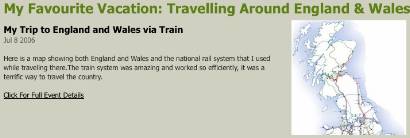

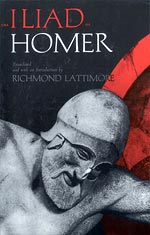 A culture of War [1]
A culture of War [1] 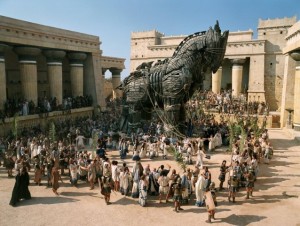
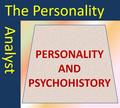 Personality and History fuse together in Psychoanalysis [3]
Personality and History fuse together in Psychoanalysis [3]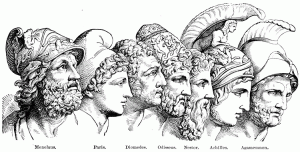
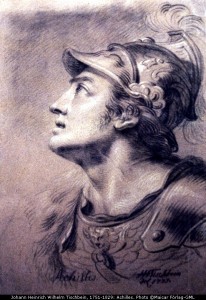 Achilles: A Postmodernist Hero? [5]
Achilles: A Postmodernist Hero? [5]